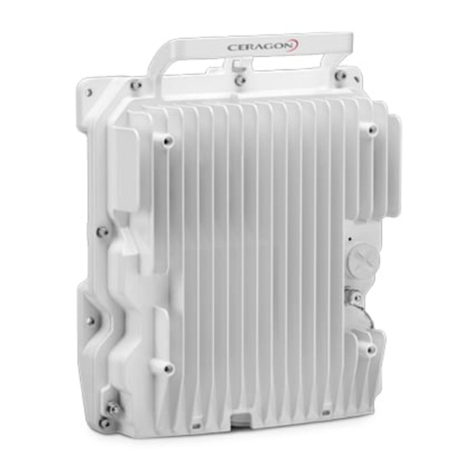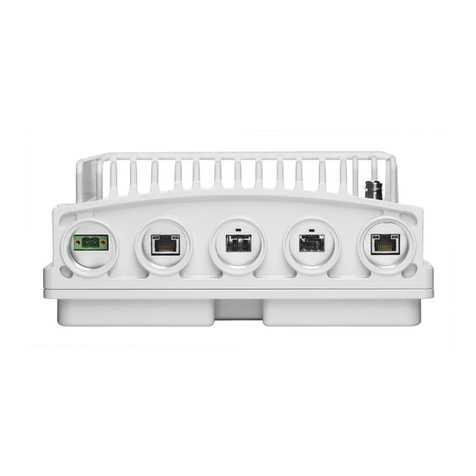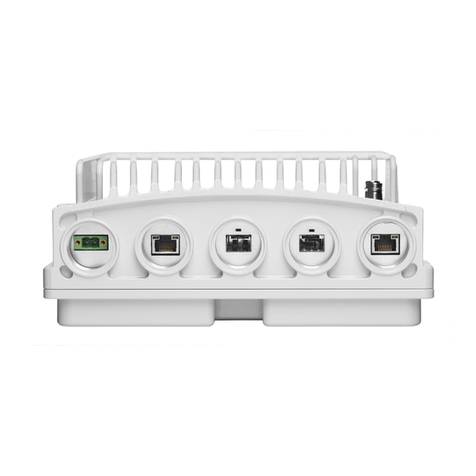FA4800 User Manual Release 1.9.40 viii
PoE-8 Package Containing: ....................................................................3-5
External Antenna Package Contents ......................................................3-5
Additional Tools and Materials Required........................................................3-6
Tools and Materials ...............................................................................3-6
Cables and connectors ...........................................................................3-6
Hardware Installation Sequence ...................................................................3-6
Outdoor installation.....................................................................................3-7
Preparing the ODU before Deployment ..................................................3-7
Mounting the ODU .................................................................................3-7
Mounting external antennas ..................................................................3-8
Mounting the Lightning Protection Devices ............................................3-8
Outdoor Connections .............................................................................3-9
Indoor Installation.......................................................................................3-9
Installing IDU-E and R units ..................................................................3-9
IDU-E Installation ..........................................................................................3-9
IDU-R Installation ..........................................................................................3-9
Mounting the IDU-C ............................................................................3-10
Connecting power to the IDU ..............................................................3-12
Connecting the ODU to the IDU ...........................................................3-13
Installing a Link using PoE Devices ......................................................3-13
Connecting User Equipment .................................................................3-13
Connecting and Aligning ODUs / Antennas ..................................................3-14
Chapter 4 Getting Started with the FibeAir2000 Manager
Installing the FibeAir2000 Manager Application..............................................4-1
Minimum System Requirements ............................................................4-1
Installing the Software ..........................................................................4-1
Getting Started with the FibeAir2000 Manager...............................................4-2
The FibeAir2000 Manager log-on Concept .....................................................4-3
Log-on Errors and Cautions..........................................................................4-6
Unsupported Device ..............................................................................4-6
Incorrect IP Address .............................................................................4-6
Incorrect Password ...............................................................................4-7
Invalid Read/Write Community String ...................................................4-7
Logging in to the Over-the-Air Site ........................................................4-7
Continuing without an IP Address.................................................................4-7
Changing the Log-On Password .............................................................4-8
First steps...................................................................................................4-8
Default FA4800 Settings ......................................................................4-11
Chapter 5 Installing the Link
Overview....................................................................................................5-1
Installation..................................................................................................5-3
Step 1, Start the Wizard ..............................................................................5-3
Step 2, System Parameters .........................................................................5-3
Changing the Link Password ..................................................................5-5
Step 3, Channel Settings .............................................................................5-7
Step 4, Hub Site Synchronization Settings ....................................................5-9
Step 5, Services .........................................................................................5-9
TDM Services selection ........................................................................5-10
Modulation Rate Selection ...................................................................5-12
Setting Monitored Hot Standby Mode ...................................................5-13
Ethernet Ring ......................................................................................5-14
Setting the TDM Jitter Buffer ...............................................................5-14
Step 6, TDM Clock Configuration ...............................................................5-16
Step 7, Installation Summary and Exit .......................................................5-18
Chapter 6 The FibeAir2000 Manager: Main Window
One Manager for all Ceragon Radio Products.................................................6-1






























